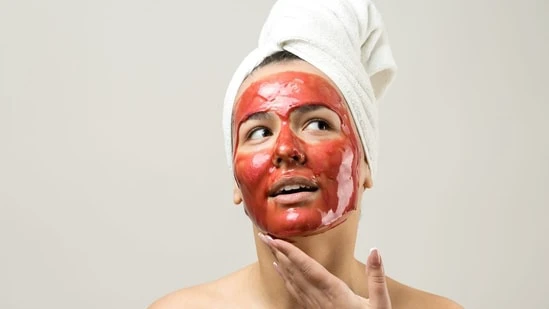Period blood on your face? Yep, that’s an actual trend taking over social media feeds. Called menstrual masking, the DIY ritual involves swiping your own period blood across your cheeks for a few minutes and washing it off like it’s just another serum.
Influencers claim it’s “nature’s retinol,” arguing that menstrual fluid is rich in stem cells, proteins, and cytokines that supposedly boost glow, repair skin, and reset inflammation.
A study published by the National Library of Medicine, the world’s largest biomedical library operated by the United States, found that menstrual fluid-derived plasma can indeed facilitate tissue repair and aid in wound healing. In this research, scientists tested how menstrual blood-derived stem cells performed on wounds. The wounds healed faster, grew more blood vessels, remodelled collagen better, and showed healthier skin regeneration compared to wounds treated with regular keratinocytes and fibroblasts.
In other words, menstrual stem cells can accelerate healing… when purified, processed, and delivered through a sterile biomedical dressing. Not when scooped out of a menstrual cup and smeared across your T-zone.
Which brings us to the part your social media feed skips: the risks. Period blood isn’t sterile. Applying it to a face with open pores, micro-tears, or active acne can introduce bacteria and cause infections. Its pH can disrupt your skin barrier, leading to irritation, breakouts, or dermatitis. There are no guidelines for how long to leave it on, how much to apply, or how often to do it, because the practice isn’t medically approved or studied on actual human faces.
Menstrual masking may be the internet’s favourite shock-value skincare moment, but for now, skip the DIY period facials.
